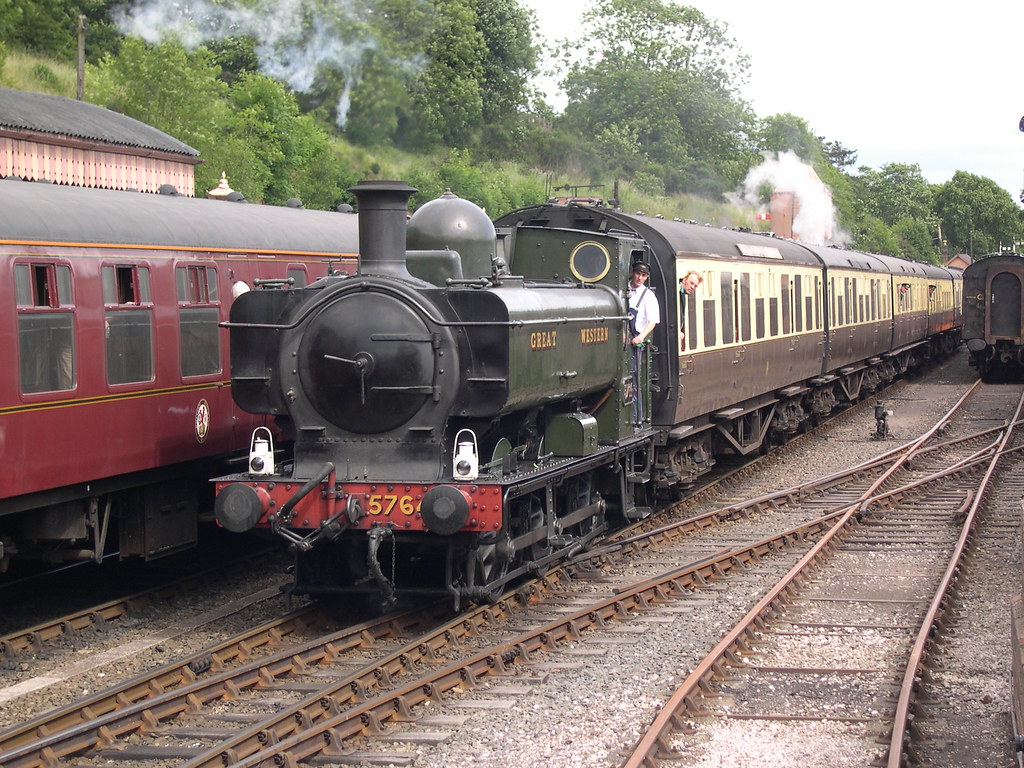
|
The term “railroader” or “railwayman” is used throughout the English-speaking world not only to denote someone who works on the railway but who has a special spirit. This person is one devoted to the task at hand and who works odd hours, in an unusual, and occasionally dangerous environment, frequently without direct supervision. The first time I was referred to as a
railwayman was during
my training at The yard crews had the running of cars in the yard down to a fine art. The yard offices were heated by coal stoves but the railway supplied coal was not very good and there was little of it. No problem. All they had to do was find an open gondola of coal. Actually, the term gondola” is not really correct as they were really small open boxed with a wheel on each corner and only a hand brake, they only weighed about 20 tons and would easily bounce in the air. The car would be run down short. The next car would be run down hard and in the resulting collision a quantity of coal would be deposited on to the ground to be picked up with a bucket and shovel. (“Must keep the yard clean, boss”). They also tried this with a car of potash fertilizer. However, they didn’t realize that it was concentrated and the entire back-yard crop of tomatoes was killed for miles around. On the day in question, I went into the mess room at one end of the yard. The inspector was in the yardmaster’s office but the atmosphere was one of gloom and despondency among the switchmen and the crew of the switcher who were taking a break from their steam locomotive. There was a new face, a truck driver, who had band aids on his face and arms and was shaking visibly. He was being calmed down with a cup of hot, strong, sweet tea – the usual cure-all restorative. I was told, in great detail, how the off-side cab of the truck had been demolished by the steam engine, when the driver came too close to the team track while it was being switched out. I said: “My goodness, that’s terrible”. Everyone agreed, including the still-shaking truck driver. But, my only thought was to get the job done, and added:“Is the engine alright?” There was a sudden complete silence throughout the room and someone whispered from the back: “There speaks a true railwayman”. It was at this point that the ambulance arrived to take the hapless truck driver to hospital where he was treated for shock. As for the steam locomotive, it would shortly be replaced by a diesel and the only damage it had sustained was the removal of some of the accumulated rust.Ottawa Valley Associated Railroaders, The Interchange June 2009. |